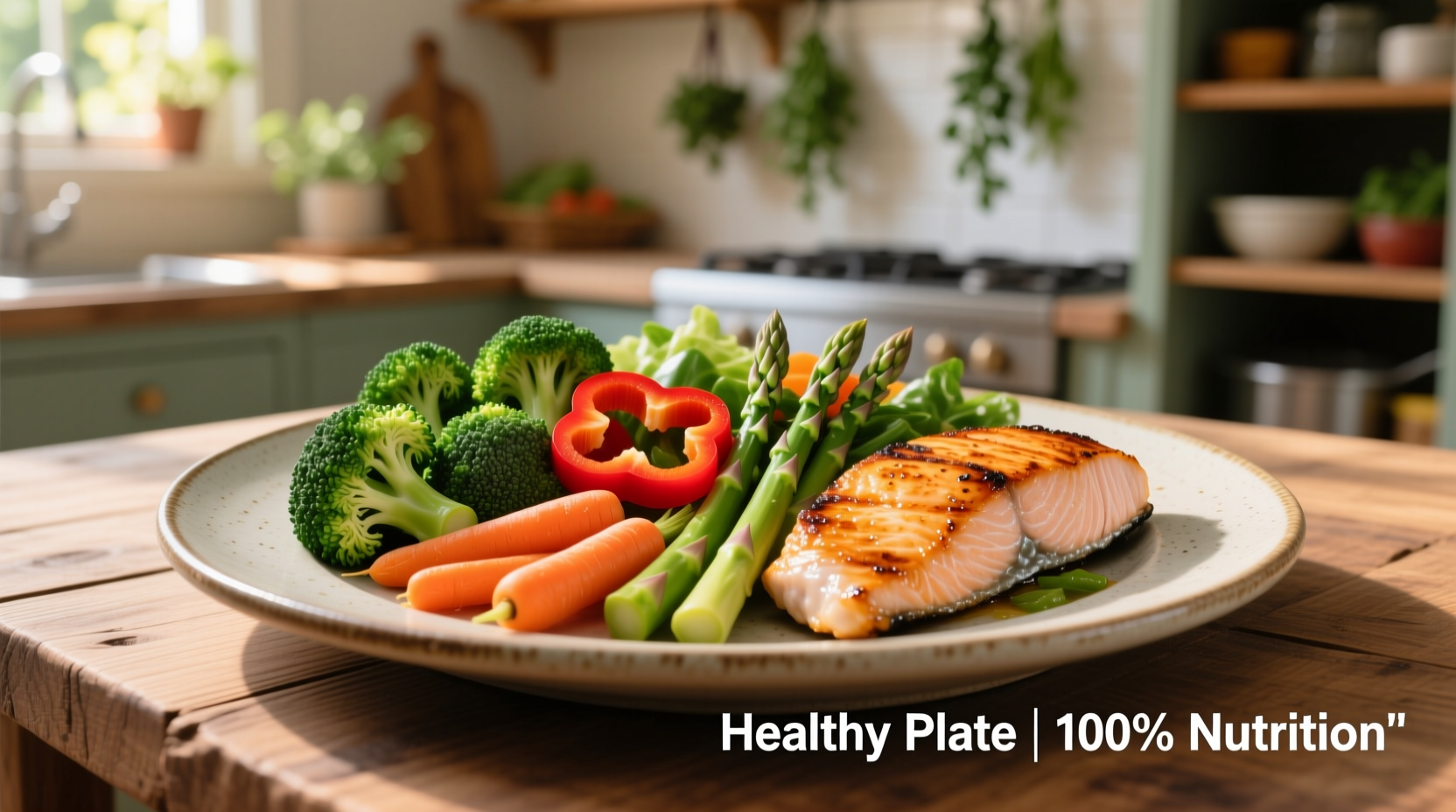Understanding Triglycerides and Why Food Choices Matter
Triglycerides are a type of fat found in your blood that your body uses for energy. When you consume more calories than needed, your body converts those excess calories into triglycerides. According to the American Heart Association, healthy triglyceride levels should be below 150 mg/dL. Levels above 200 mg/dL increase your risk of heart disease, stroke, and metabolic syndrome.
What you eat directly impacts your triglyceride levels, often more quickly than many realize. The good news? Dietary changes can lower triglycerides by 20-50% in just 4-6 weeks, as demonstrated in research published by the Centers for Disease Control and Prevention.
The Top 5 Food Categories That Elevate Triglycerides
1. Sugary Foods and Beverages
Sugar is the #1 dietary culprit for high triglycerides. When you consume excess sugar—particularly fructose—it's processed by your liver and converted directly to triglycerides.
Problematic items include:
- Soda and sweetened beverages (just one 12-oz can of soda contains 39g of sugar)
- Energy drinks and sweetened coffees
- Candy, cookies, cakes, and pastries
- Breakfast cereals with added sugars
- Fruit juices (despite "natural" labeling)
A study in the American Journal of Clinical Nutrition found that people who consumed 25% or more of calories from added sugar had triple the risk of dying from heart disease compared to those who consumed less than 10%.
2. Refined Carbohydrates
White bread, pasta, rice, and other refined carbs behave similarly to sugar in your body. They break down quickly into glucose, causing blood sugar spikes that lead to increased triglyceride production.
Key offenders:
- White bread and bagels
- Regular pasta and white rice
- Many "low-fat" products loaded with refined carbs
- Processed snack foods like crackers and pretzels
3. Alcohol
Alcohol significantly impacts triglyceride metabolism. Even moderate drinking can cause triglyceride levels to rise within 12-24 hours. The Mayo Clinic notes that for some people, just one alcoholic drink per day can elevate triglycerides.
The effect varies by individual, but heavy drinking (more than 4 drinks daily) can increase triglycerides by 50% or more in susceptible individuals.
4. Saturated Fats
While less impactful than sugar, saturated fats from certain animal products can raise triglycerides, particularly when consumed in excess:
- Fatty cuts of red meat (ribeye, T-bone)
- Processed meats like sausages and bacon
- Full-fat dairy products (whole milk, butter, cream)
- Coconut oil and palm oil
5. Trans Fats
Artificial trans fats are particularly harmful for triglyceride levels. Though largely banned, they still appear in:
- Fried foods (especially from fast food restaurants)
- Margarine and shortening
- Many packaged snacks and baked goods
- Coffee creamers
| Food Category | Triglyceride Impact | Time to Affect Levels | Safe Consumption Level |
|---|---|---|---|
| Sugary beverages | High (+++++) | 24-48 hours | Limit to 0-1 serving/week |
| Refined carbohydrates | Moderate-High (++++) | 48-72 hours | 1-2 servings/day max |
| Alcohol | Variable (++ to +++++) | 12-24 hours | Moderation: 1 drink/day women, 2 men |
| Saturated fats | Moderate (+++) | 3-5 days | 5-6% of daily calories |
| Trans fats | High (++++) | 24-48 hours | Avoid completely |
How Food Choices Translate to Triglyceride Levels: A Timeline
Understanding the timeline of how food affects your triglycerides helps make informed choices:
- Within 2 hours: After consuming high-sugar foods, your liver begins converting excess fructose to triglycerides
- 24 hours: Triglyceride levels typically peak after a high-sugar or high-alcohol meal
- 3-7 days: Consistent dietary changes begin showing measurable impact on fasting triglyceride levels
- 4 weeks: Significant reductions (20-30%) possible with consistent dietary modifications
- 8-12 weeks: Maximum benefit from dietary changes, potentially 40-50% reduction

Individual Factors That Influence Food Impact
Not everyone responds to triglyceride-raising foods the same way. Several factors affect how significantly certain foods impact your levels:
- Genetics: Some people have genetic variations affecting how they process fats and sugars
- Metabolic health: Those with insulin resistance or prediabetes often see greater triglyceride spikes
- Overall diet pattern: Isolated indulgences matter less than consistent dietary patterns
- Physical activity: Regular exercise improves triglyceride metabolism
- Alcohol sensitivity: Some people metabolize alcohol more slowly, leading to greater triglyceride impact
Practical Swaps to Lower Your Triglycerides
Instead of focusing solely on what to avoid, implement these positive changes:
Beverage Changes
- Replace soda with sparkling water with lemon/lime
- Choose unsweetened tea or coffee instead of sweetened versions
- Opt for whole fruit instead of juice
Smart Carbohydrate Choices
- Swap white bread for 100% whole grain options
- Choose steel-cut oats instead of instant varieties
- Replace white rice with quinoa, barley, or brown rice
- Incorporate more non-starchy vegetables as your primary carbs
Healthy Fat Selections
- Use olive oil instead of butter for cooking
- Choose fatty fish (salmon, mackerel) 2-3 times weekly
- Add nuts and seeds in moderation (walnuts, chia seeds, flaxseeds)
- Opt for avocado instead of mayonnaise
Putting It All Together: A Sample Day
Here's what a triglyceride-friendly day might look like:
- Breakfast: Greek yogurt with berries and chia seeds
- Lunch: Large salad with mixed greens, grilled chicken, avocado, and olive oil dressing
- Snack: Small handful of walnuts and an apple
- Dinner: Baked salmon with roasted Brussels sprouts and quinoa
- Beverages: Water, herbal tea, or black coffee throughout the day
Remember that consistency matters more than perfection. Research from the National Heart, Lung, and Blood Institute shows that even modest, sustainable changes yield significant improvements in triglyceride levels over time.











 浙公网安备
33010002000092号
浙公网安备
33010002000092号 浙B2-20120091-4
浙B2-20120091-4